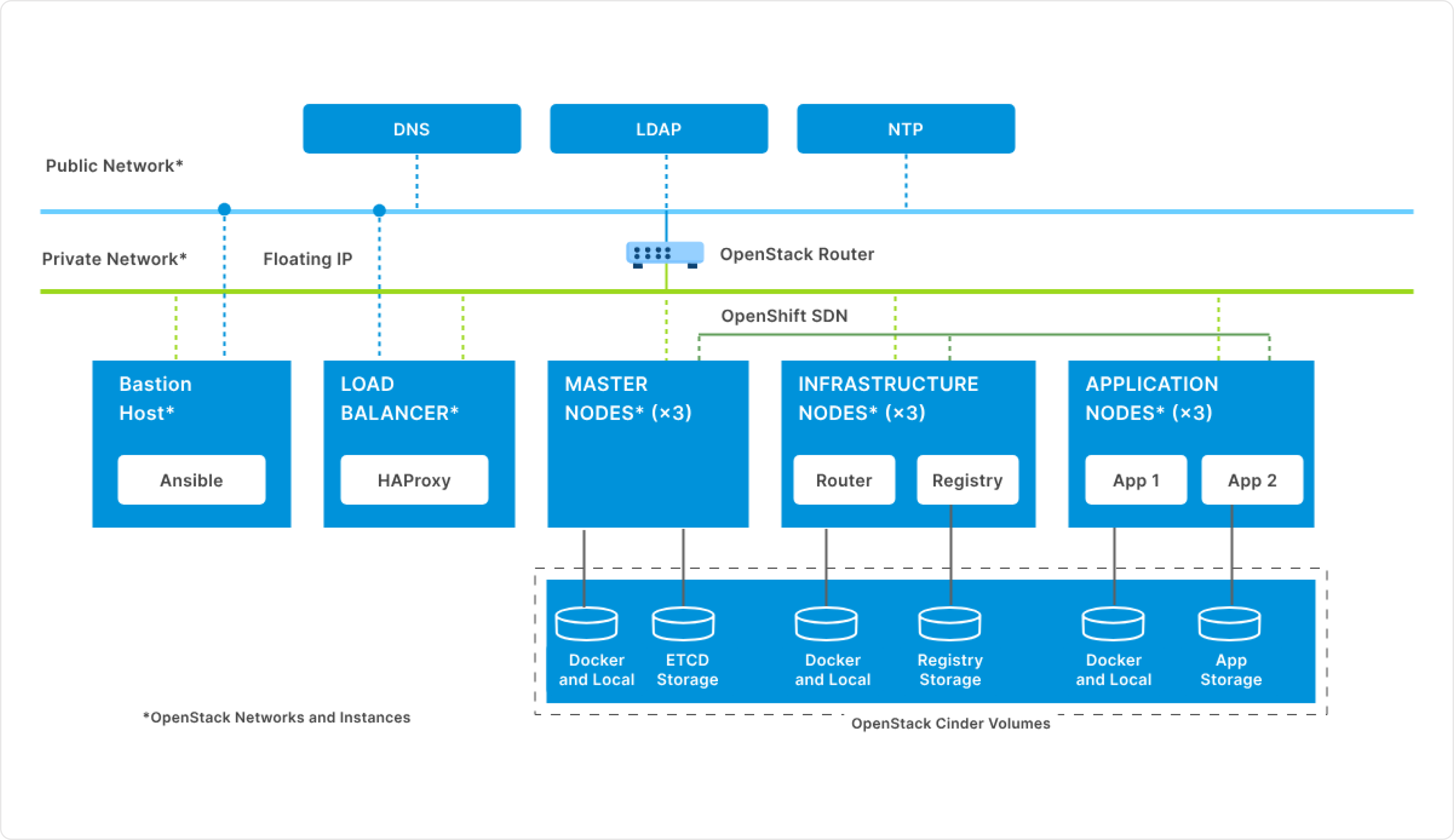Project Name
Successful Implementation of OpenShift and Migration to Microservices Architecture
Overview
Our client belongs to a large-scale E-Commerce industry. They were facing solutions that included inadequate scalability leading to performance issues during peak times and high infrastructure costs due to inefficient resource utilization. They are searching for a solution where they will be able to migrate their database to a microservices architecture to drive business growth and improve efficiency.
Challenges
The client was facing multiple challenges due to their legacy monolithic architecture:

- The client were struggling to scale effectively that leads to performance degradation, causing slowdowns, timeouts, or service disruptions for users.
- The monolithic structure made deploying new features difficult and a time-consuming process that results in lengthy deployment cycles. This will automatically impact the time-to-market for new features or enhancements that hampers the competitiveness and ability to market demands.
- This led to inefficient resource allocation during the non-peak periods and it leds to increased infrastructure costs. Also, inefficient scaling methods contribute to higher operational expenses without improvements in performance or flexibility.
Our Solution
Our team has provided a robust solution to our client that includes:
- First, our team had conducted a comprehensive analysis of the existing monolithic application and identify the key functionalities for decoupling and restructuring into microservices.
- With Microservices transformation, it becomes possible to leverage OpenShift’s container orchestration for efficient management and deployment of microservices.
- In Automated CI/CD Pipelines, we had integrated Jenkins to automate the entire software delivery process and establishes these pipelines for automated building, testing, and deployment of microservices. This results in reduction of manual intervention and minimize the risk of errors and accelerating feature releases.
- Our team had utilized OpenShift’s horizontal scaling capabilities for dynamic resource adjustment and implemented strategies to optimize the resource allocation within the OpenShift environment.
- This ensured the efficient handling of increased user loads during peak times without compromising the performance.
- Moreover, we had integrated Prometheus which can help in real-time monitoring and analyzation of application performance. This leverages OpenShift’s security features for access controls, secure communication and vulnerability management.
Data Flow Diagram

Conclusion
Hence, the successful transformation of the client’s architecture from monolithic to microservices-based helped our client to improve scalability to handle peak loads effectively. Not only this but it helped in faster deployment of new features that reduced the time-to-market and reduced infrastructure costs through efficient resource utilization. Moreover, the implementation of OpenShift and the migration to a microservices architecture positioned the client for continued growth, and innovation in their e-commerce platform scalability and enhanced the application performance and security that leads to an improved user experience.
Streamline Your Business Operations With Our
OpenShift Architecture Solutions!
Streamline Your Business Operations With Our
OpenShift Architecture Solutions!

